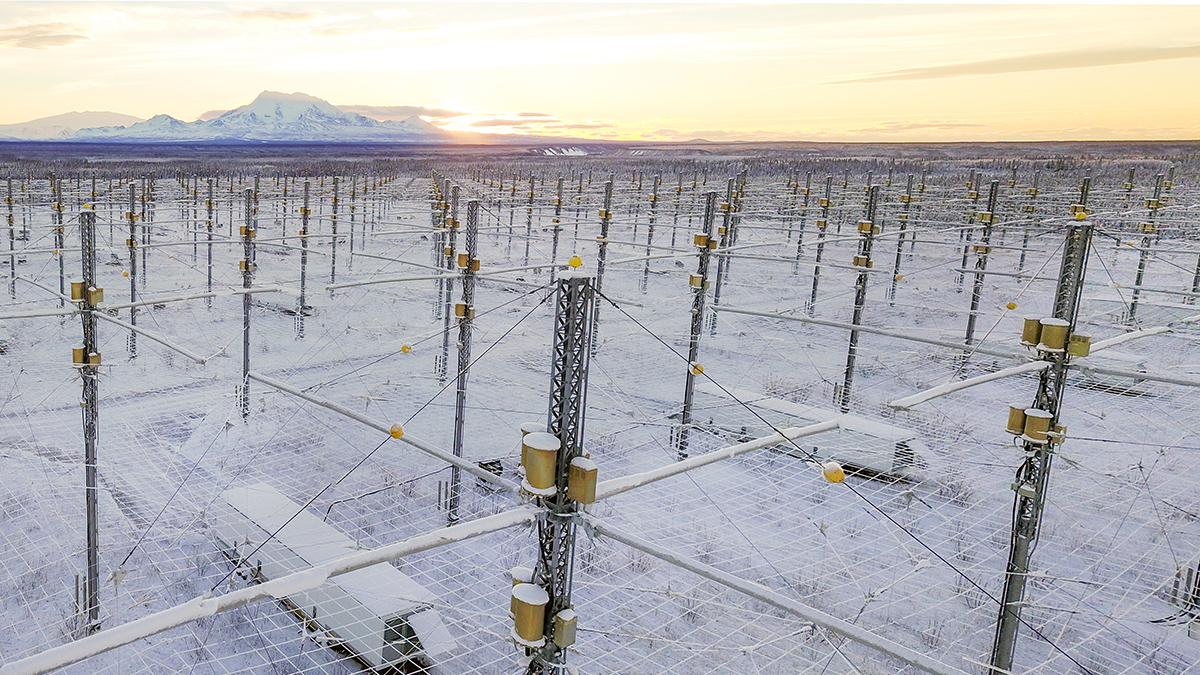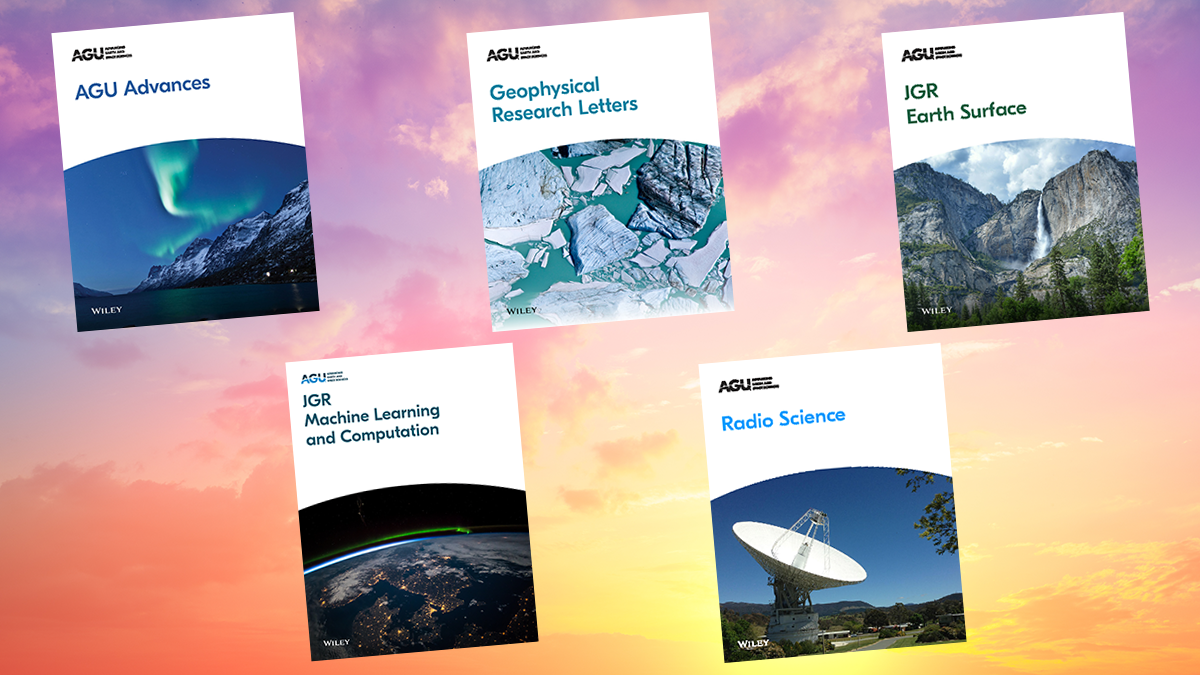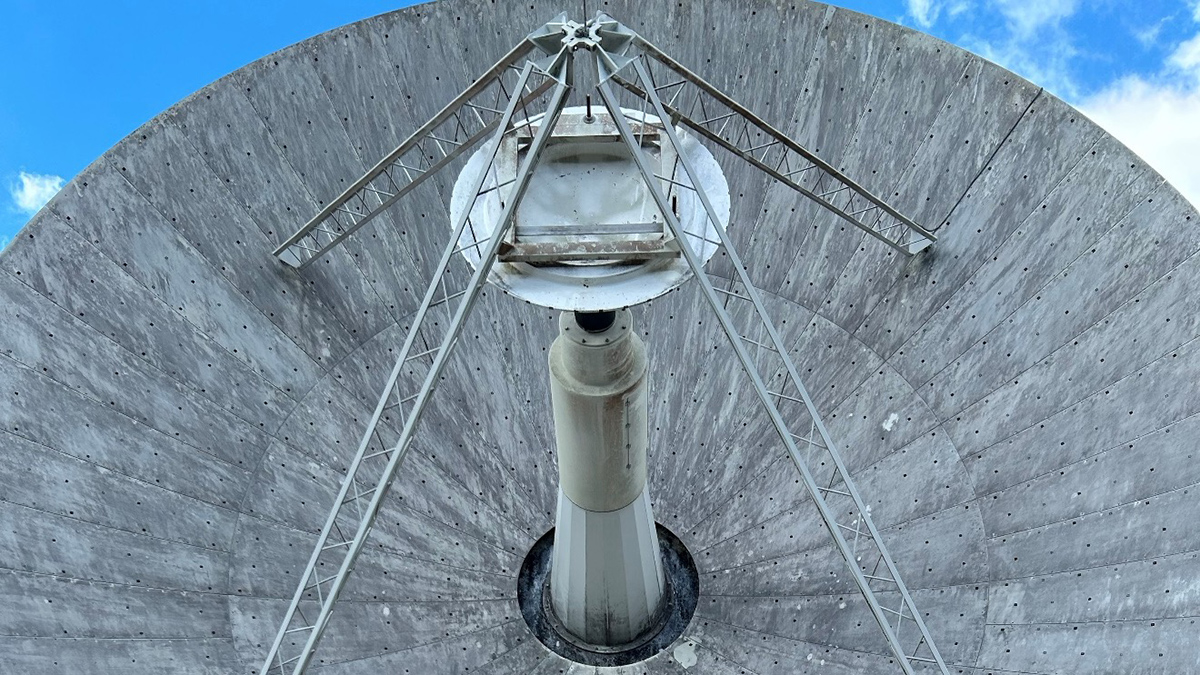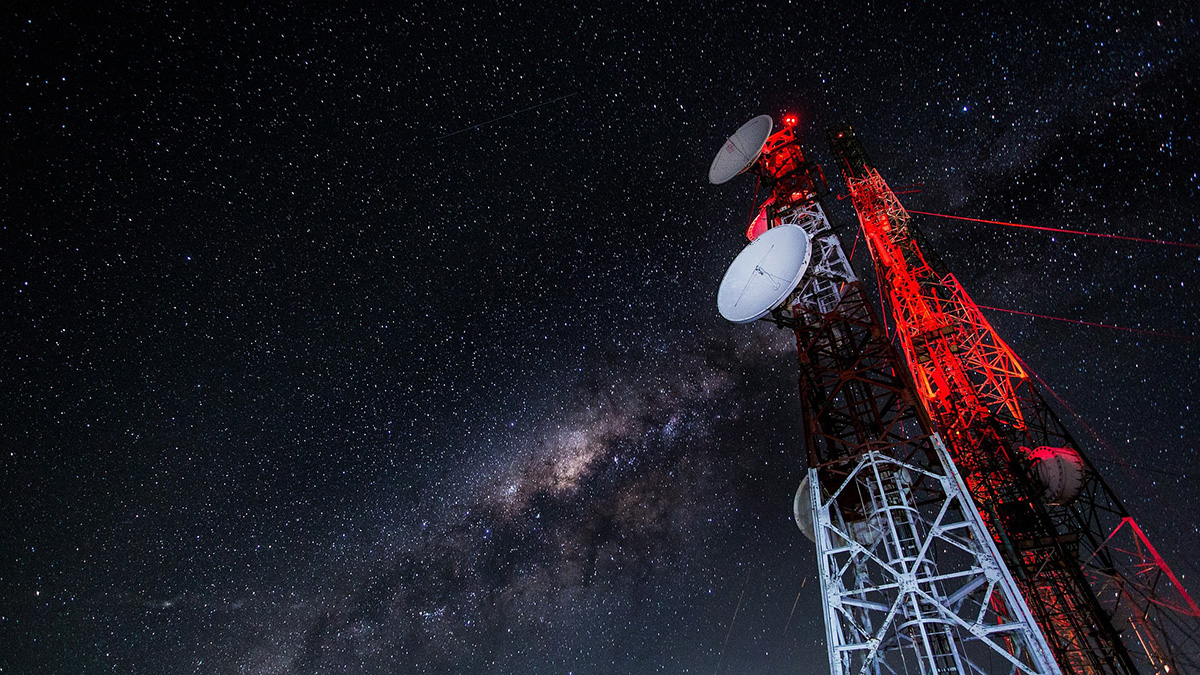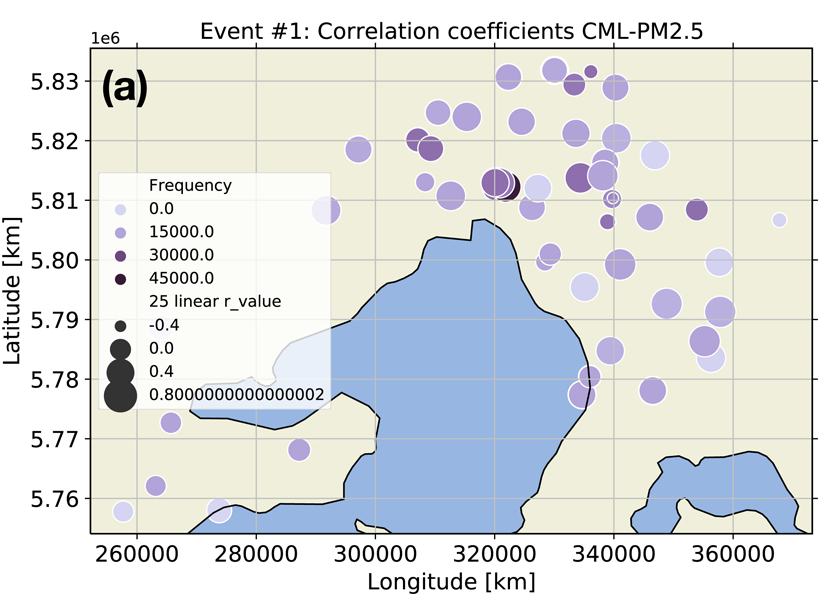New observations and simulations capture the physics at play across each of the three main ionospheric regions.
Radio Science
Announcing New AGU Journal Editors-in-Chief Starting in 2025
AGU is excited to welcome new Editors-in-Chief for five of our journals in 2025.
Out With the Old, in With the Cold
A 12-meter telescope at the Arecibo Observatory gets outfitted with a wideband cryogenic system to expand its capabilities.
Meshless Methods Tell Us What Lurks Beneath the Surface
Limitations with resolving complex underground targets with sufficiently fine resolution may be alleviated through the adoption of meshless electromagnetic methods.
The International Reference Ionosphere – A Model Ionosphere
An accurate and reliable description of Earth’s ionosphere is of critical importance because of our increased reliance on satellite technology and the significant impact the ionosphere has on it.
Expanding the Scope of Radio Science
AGU’s Radio Science journal announces an expansion in scope in response to technological developments and welcomes Technical Reports presenting measurements and experimental studies.
New Data on Smoke Particulates from Cellular Radio Signals
Through analyzing radio links signal levels, retrieved surface smoke particulate concentrations can complement limited datasets from air quality stations in improving impacts analyses for wildfires.
Amateur Radio Operators Help Fill Earthquake Donut Holes
Ham radio networks gear up to provide real-time, on-the-ground information about earthquake shaking and damage when other communication pathways are knocked out of commission.
A Better Understanding of How the Sun Bends Light
Incorporating the refractive index of the Sun into models of gravitational lensing effects improves agreement with measurements of the phenomenon.
Returning Lightning Data to the Cloud
Scientists are assembling an online database with decades of low-frequency radio measurements collected worldwide to facilitate modern research about lightning, space weather, and more.

